RFID card reader is a device that can read and sometimes write data to RFID (Radio Frequency Identification) cards. These cards have embedded chips and antennas that store and transmit data when they come into range of a compatible RFID reader.
How it Works:
- Radio Frequency: The reader sends out a radio frequency signal.
- Card Interaction: RFID card, which contains a tiny chip and antenna, receives the radio signal and transmits back its stored data, such as an ID number or other information.
- Processing: The reader receives this data and processes it to perform the necessary action (e.g., access control, logging attendance, making payments, etc.).
Types of RFID Readers:
Proximity (Short-range) Readers: These readers typically operate at a distance of 1-10 cm (0.4-4 inches). They are common for security systems, such as employee ID badges or access cards.
Long-range RFID Readers: These can read RFID tags from a much greater distance, often several meters away. They are used in applications such as inventory tracking, vehicle tracking, or toll systems.
Handheld RFID Readers: Portable devices that can be moved around and are useful for scanning large numbers of RFID tags (e.g., inventory management).
Common Applications of RFID Card Readers:
Access Control: Used in offices, buildings, or secure areas to allow authorized personnel entry by simply swiping their RFID card.
Inventory Management: Used in warehouses and retail environments to track and manage stock.
Payment Systems: Contactless payment cards or “tap to pay” systems that are becoming increasingly popular for small transactions.
Public Transport: RFID cards are often used for electronic fare payment systems on buses, trains, and subways.
Time & Attendance: Employees use RFID cards to clock in and out of work.
Types of RFID Cards:
Passive RFID Cards: These cards do not have a battery and rely on the energy emitted by the RFID reader to transmit data. Most common in access control and payment systems.
Active RFID Cards: These cards have a battery and can send signals over much longer distances than passive cards. They’re often used in vehicle tracking and asset management.
Semi-passive RFID Cards: These cards have a battery to power the chip but rely on the reader’s signal to send data, offering a balance between passive and active tags.
Key Features to Look for in an RFID Card Reader:
Frequency: There are different RFID systems operate on different frequencies (e.g., LF, HF, UHF). Ensure the reader matches the card’s frequency.
Security: Look for features like encryption, password protection, or secure channels for sensitive applications like access control or payment systems.
Range: Consider how far the reader needs to detect cards — short-range (proximity) or long-range capabilities.
Connectivity: Depending on your use case, the reader might need to connect via USB, serial port, Ethernet, or wireless methods (e.g., Bluetooth).
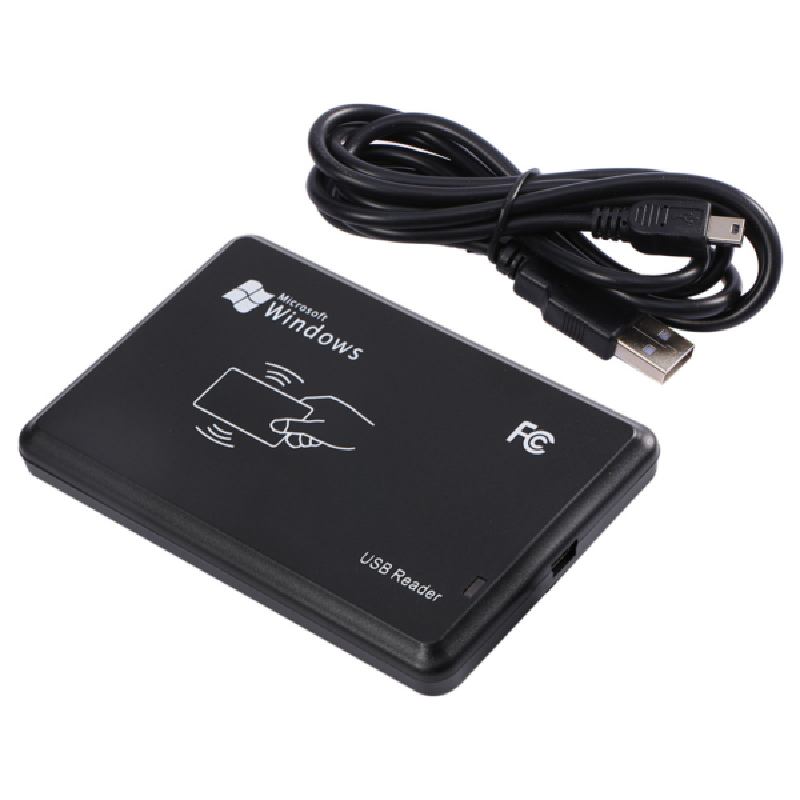
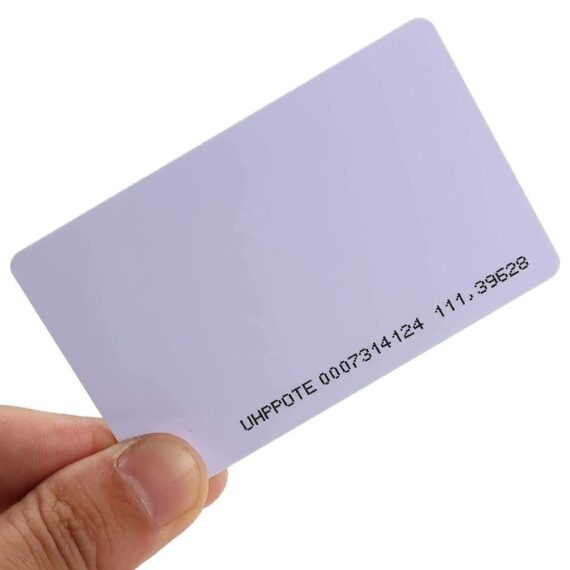
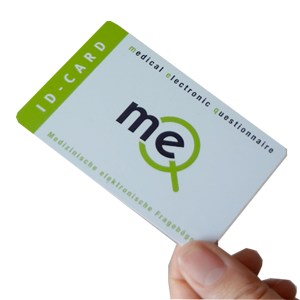
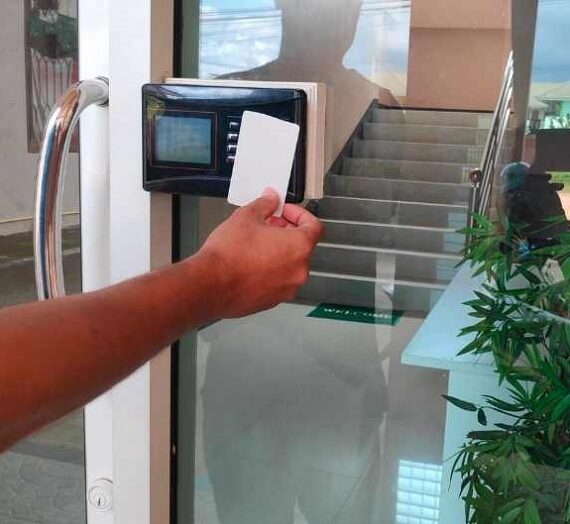
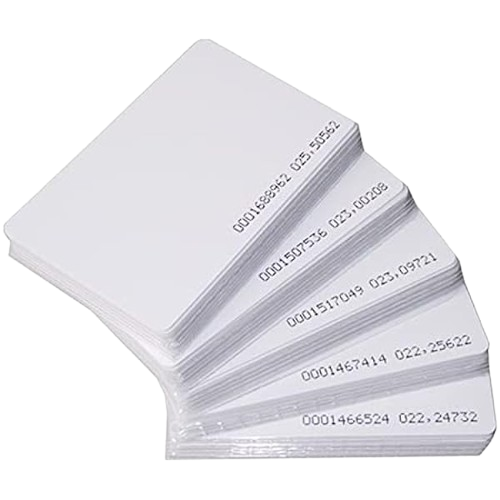
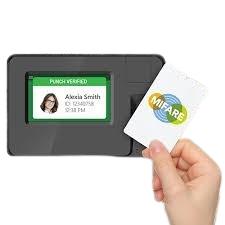
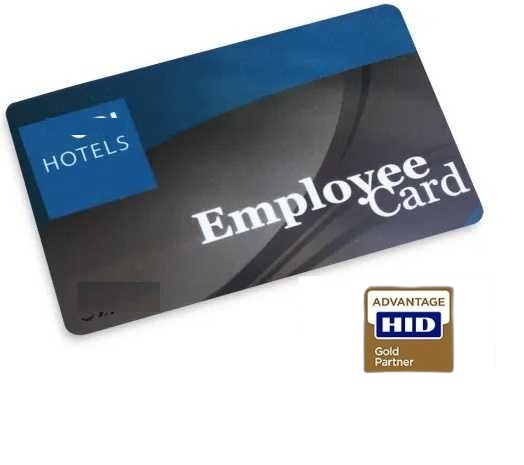
Reviews
There are no reviews yet.